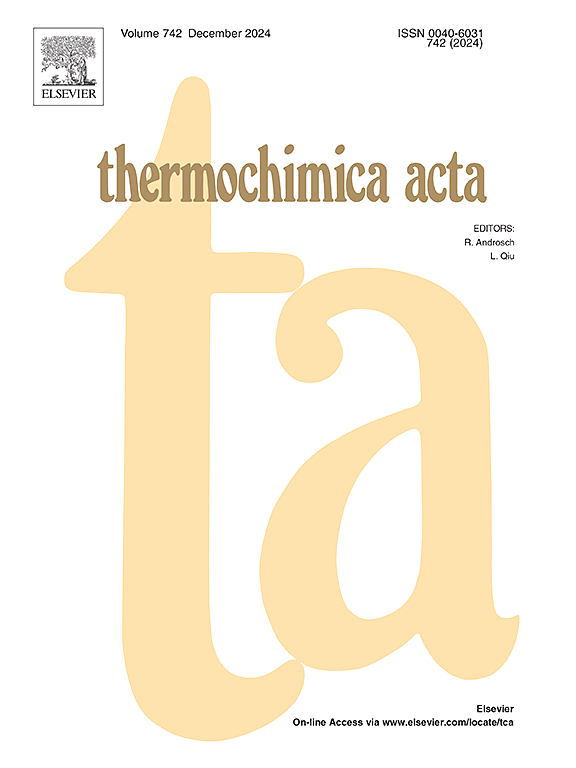Influence of poly(vinyl alcohol) on poly(glycolic acid) crystallization: An investigation into intermolecular interactions
Abstract
The crystallization behavior and miscibility of blends between poly(glycolic acid) (PGA) and minority poly(vinyl alcohol) (PVA) with different saponification degrees have been studied. It was found that the melting point and crystallization ability of PGA in blends were remarkably depressed. During isothermal crystallization, introduction of PVA led to a decrease in both the Avrami index and the crystallization rate of PGA. The observation of spherulite morphology further revealed that the addition of PVA inhibited the growth of PGA spherulites, but increased the density of nucleation. Besides, PVA1788 with lower saponification degree displayed a stronger impact than PVA1799 on the crystallization of PGA. All blends exhibited a single composition-dependent glass transition temperature (Tg), characteristic of miscible systems. The Tgs fitted the Kwei equation well, and the calculated interaction parameters demonstrated the formation of intermolecular interactions between PGA and PVA and revealed the stronger interactions presenting in PGA/PVA1788 blends. FTIR investigation directly confirmed the effect of PVA on the carbonyl groups of PGA and PVA1788 played more roles than PVA1799. The interactions mainly form between carbonyl groups in PGA and hydroxyl groups in PVA1799, while latter ones change to carbonyl and hydroxyl groups in PVA1788.

 求助内容:
求助内容: 应助结果提醒方式:
应助结果提醒方式:


